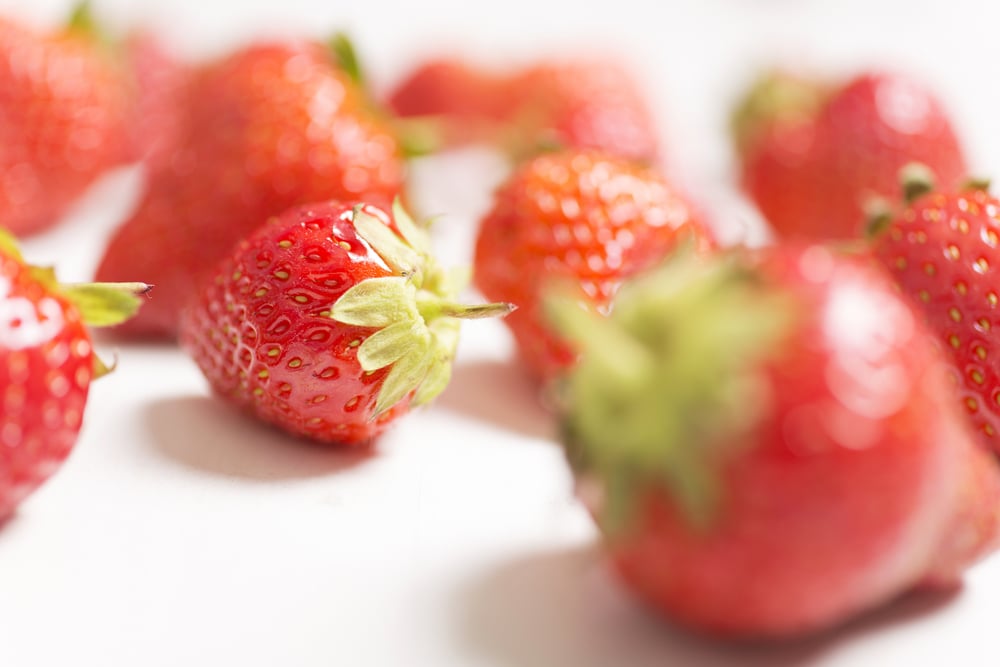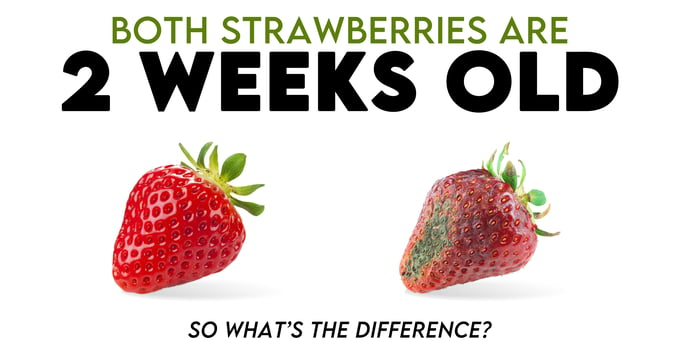As a nation, we have a long way to go to improve our level of food waste. Nowhere is this dilemma more apparent than in the strawberry industry, where rapid spoilage contributes significantly to the extensive wastage problem.
To combat food waste in the strawberry industry, it's important to take a holistic approach that considers all aspects of production, transportation, storage, and processing, including the intricacies of the strawberry supply chain, the environmental implications of food waste, and innovative solutions that can help address this issue.
The Challenges of Growing
California stands as a powerhouse in fruit production, with strawberries leading the charge. As these delicate berries are shipped across the country, the challenges strawberry farmers face become apparent. But the strawberry supply chain, while expansive, is marred by the prevalence of food wastage.
Seasonality is both fragile and critical for the strawberry industry. A significant portion of the harvest is lost due to stringent quality standards and the perishable nature of strawberries. There are also extreme weather events that can harm farmers as well. Staggering statistics on food wastage in the U.S. underscore the urgency of addressing this challenge.

Getting Strawberries from Farm to Fork
Navigating the supply chain is the next step to ensuring freshness and reducing food waste. Anticipating possible challenges at the farm, processing plant, during shipping, and then at the final destination can help.
Consider one strawberry farmer in California. As detailed in a series on KCRW, Kenny Feitz grows bright red strawberries just outside of San Diego. He is a self-proclaimed strawberry lover, but he also acknowledges their common destination, the garbage can. The narrative continues through processing plants and grocery stores, where more hurdles arise, resulting in intentional overstocking and strategic waste management practices.

Innovative Solutions: Add Bluezone Technology to Your Thermo-Kool Walk-In Cooler
Transitioning from challenges to solutions, Thermo-Kool partnered with the innovative Bluezone UV Food Preservation System technology to help combat food waste in walk-in coolers. Designed for commercial foodservice establishments, Bluezone is a game-changer in addressing the specific challenges posed by strawberry perishability.
In recent tests, Bluezone technology was applied to strawberries as part of a transportation and storage analysis. The results were clear. Strawberries stored for 10 days using the Bluezone exhibited less mold, less ripening, and less undesirable odor than strawberries from the same original pallet stored in an identical refrigerated chamber without the Bluezone unit.
How does Bluezone work? By using UV lights to remove ethylene gas from the air, Bluezone kills 99.9 percent of mold and bacteria from the air to extend shelf life and reduce food waste. Which improves customer satisfaction and increases profits.
Thermo-Kool's Bluezone ROI Calculator
The Thermo-Kool Bluezone ROI Calculator empowers businesses to understand the economic benefits of integrating Bluezone technology into their refrigeration infrastructure. By making informed decisions, businesses contribute to the reduction of strawberry wastage, aligning with sustainability goals.
Whether you're storing strawberries or other ingredients, find out how helpful Bluezone can be by not only reducing food waste but boosting your ROI:
